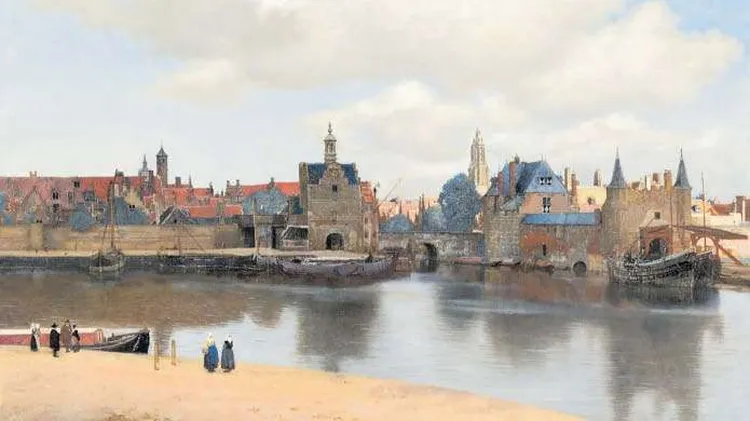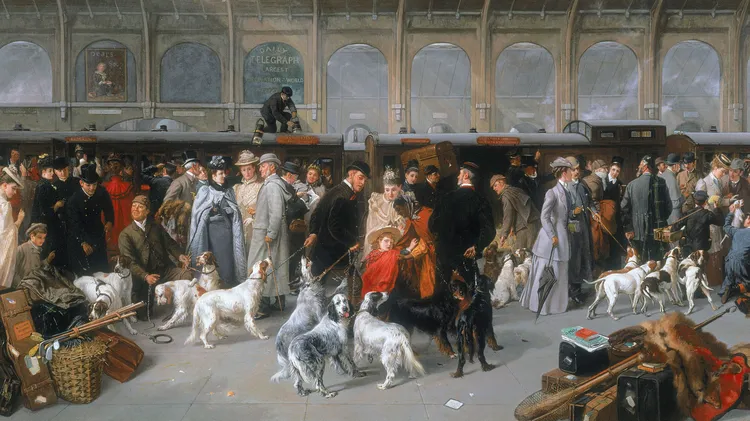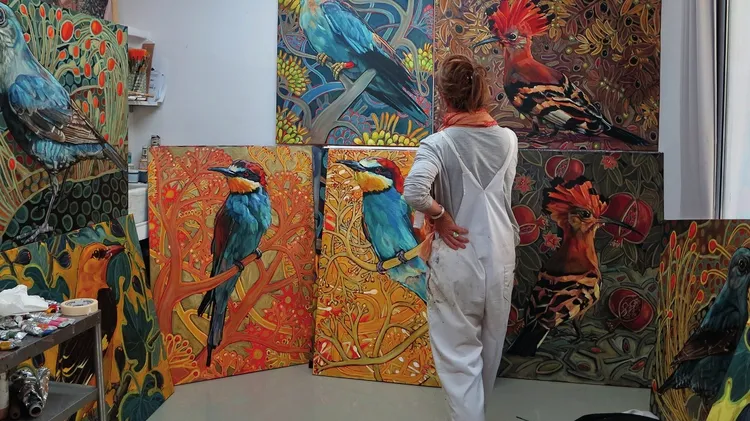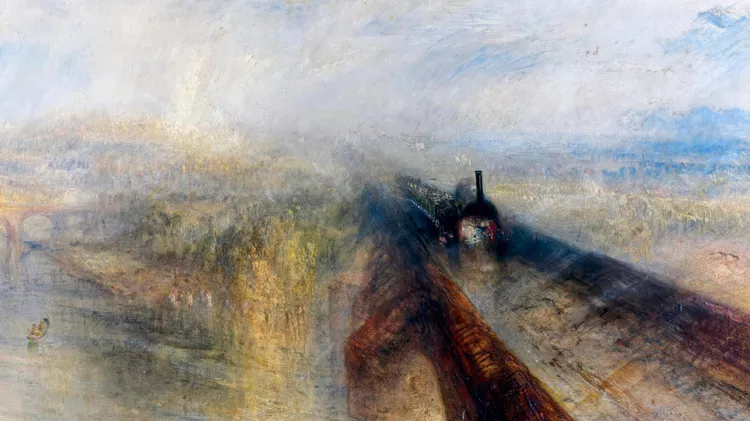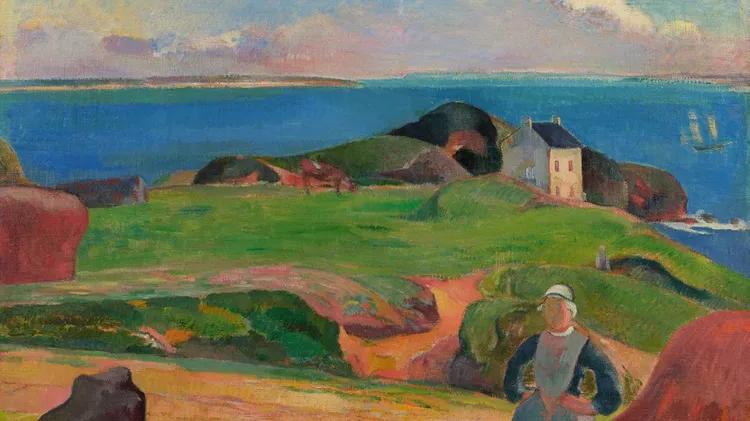Active for just three years and bo
Colour-coded the secrets and spiritualism of the blue rider
5 min read
This article is from...
Read this article and 8000+ more magazines and newspapers on Readly

